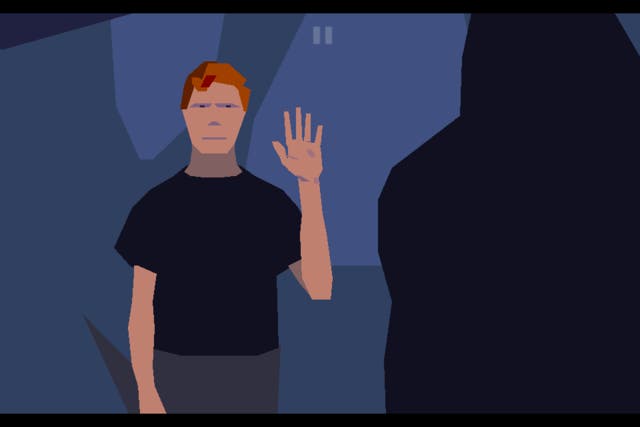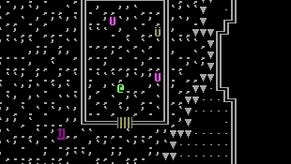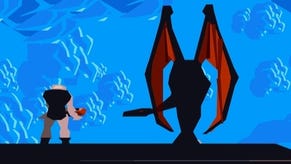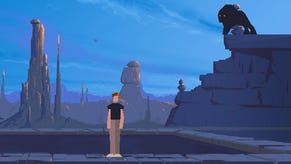Another World
Run Project 23.
Another World was one of the first truly cinematic games, and that wasn't just because of the stylish cut-scenes, the neo-noir lighting, and the obvious ambition to tell a story visually. It was cinematic because it turned you into an actor rather than a mere player, and tasked you with working your way through what amounts to a rigorous script.
It was an action adventure that left almost nothing to chance, one where the real challenge, much of the time, lay with simply working out what the designer wanted you to do next in order to unlock another chunk of carefully controlled exploration. Even if you've never trod the boards in real life, switching on Eric Chahi's classic after all these years is less like picking up an aging game again, and more like returning to an old role.
Now that it's out on iOS, the home of instant gratifiers like Fruit Ninja and Angry Birds, it makes for a jarring proposition. Games tend not to work this way anymore - and they rarely did so before, really. Hunting for a modern equivalent, in fact, the closest I can come to is Limbo. There's another game that hinges on hindsight rather than foresight: another game that tasks you with unravelling the design team's intentions - often by throwing yourself onto spikes - and sort of shuffling through the adventure backwards.
But Limbo at least keeps things fairly simple. Another World frequently has you reverse-engineering complex and counter-intuitive multi-screen puzzles, or taking on challenges that require split-second timing and plenty of backtracking. If you're coming to it for the first time, in other words, you're in for a shock.
Thankfully, it's not all so complicated. Another World's arrived on the iPhone and the iPad in the form of the 15th Anniversary Edition, which means the game's distinctive flat polygonal look has sharper lines and moves with a smoother frame-rate. The graphical style has aged fairly well if you ask me - not least, I suspect, because subsequent games were more likely to ignore Chahi's approach entirely than improve upon it incrementally.

There's a minimalist elegance to the way a couple of strips of colour can convey everything from the awkward, gangly form of the game's protagonist to the barely-controlled energy bubble of a laser pistol charging up, and the animation's still vivid and surprisingly human.
It's full of great incidental moments that simply haven't aged at all - that soda can being popped open at the start, the way your hair flaps around in a recharging chamber - and the higher resolution really hasn't hurt things either. Sliding two fingers down the screen allows you to switch between original and reworked visuals so you can check the tweaks out for yourself: the Anniversary Edition's plastic surgery is chic and understated.
The story's not taken too much of a hit since the 1990s, either. You're a scientist, smart enough to be working on anti-matter, yet not smart enough to knock the experiments on the head until a lightning storm has passed. Zapped with 1.21 gigawatts of electricity - or thereabouts - you and your lab desk are briskly transported to an alien planet.
It's a dangerous place, filled with poisonous slugs, gooey pits lined with teeth, and a selection of potato-headed locals intent on blasting you to pieces. Before you can say "Higgs boson", you've thrown yourself in with a helpful prison chum - the relationship is both wordless and beautifully handled - and are fighting for your life.








